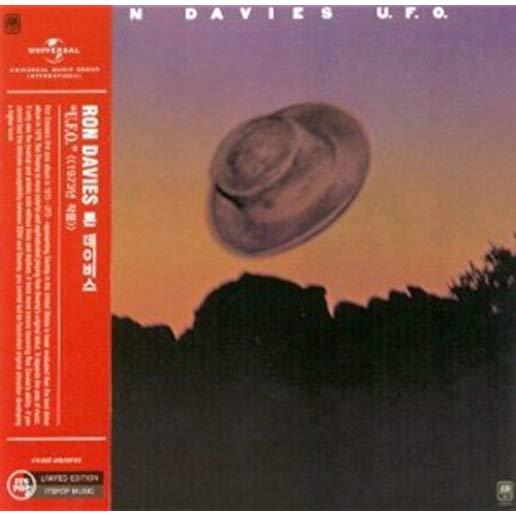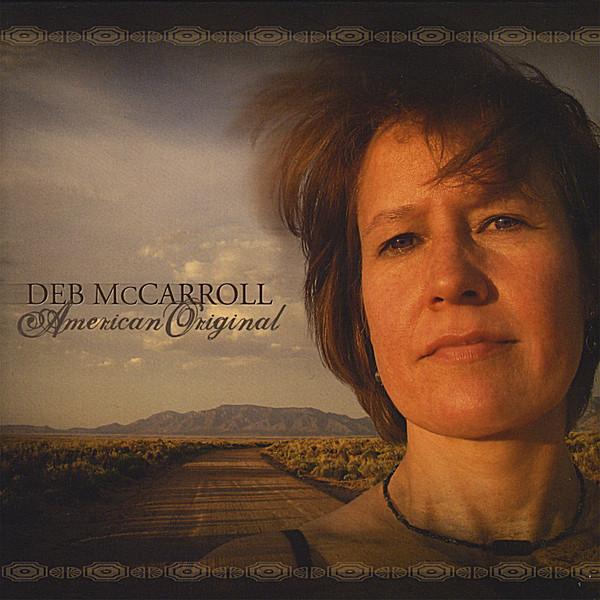
description
ith preaching than stand-up comedy. Each profession demands attention to the speaker's bodily and facial gestures, tone and inflection, timing, and thoughtful engagement with contemporary contexts. Furthermore, both preaching and stand-up arise out of creative tension with homiletic or comedic traditions, respectively. Every time the preacher steps into the pulpit or the comedian steps onto the stage, they must measure their words and gestures against their audience's expectations and assumptions. They participate in a kind of dance that is at once choreographed and open to improvisation. It is these and similar commonalities between preaching and stand-up comedy that this book engages. Stand-Up Preaching does not aim to help preachers tell better jokes. The focus of this book is far more expansive. Given the recent popularity of comedy specials, preachers have greater access to a broad array of emerging comics who showcase fresh comedic styles and variations on comedic traditions. Coupled with the perennial Def Comedy Jams on HBO, preachers also have ready access to the work of classic comics who have exhibited great storytelling and stage presence. This book will offer readers tools to discern what is homiletically significant in historical and contemporary stand-up routines, equipping them with fresh ways to riff off of their respective preaching traditions, and nuanced ways to engage issues of contemporary sociopolitical importance.
member goods
No member items were found under this heading.
Return Policy
All sales are final
Shipping
No special shipping considerations available.
Shipping fees determined at checkout.







